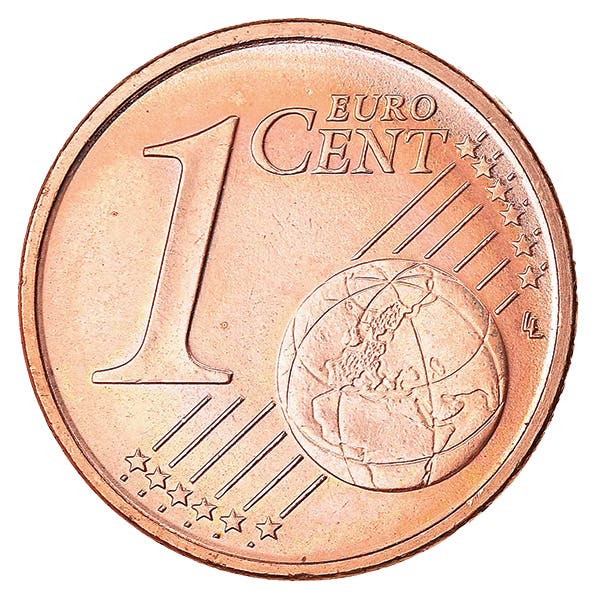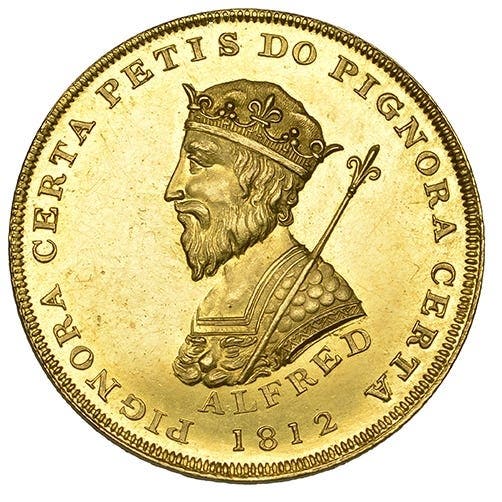Coins honor WWI cavalry charge
Late in World War I, one of the world’s most successful offensive cavalry charges of the 20th century took place. It was by no means the last cavalry charge of…
Late in World War I, one of the world’s most successful offensive cavalry charges of the 20th century took place. It was by no means the last cavalry charge of history. That honor probably goes to the Poles during the Battle of Schoenfeld on March 1, 1945, when their cavalry overwhelmed a German artillery position.
But on the afternoon of Oct. 31, 1917, the 4th Australian Light Horse charged the Ottoman lines at Beersheba [Be’er Sheva]. For the Aussies it was their moment of glory. It opened the road to Jerusalem and the eventual fall of the Ottoman Empire.
Appropriately five coins have been struck to mark the centenary, not just of the charge itself but also celebrating the daring Australian Light Horse – and its horses.
From The Perth Mint have come three Australian coins. The first is a 20.60 mm, 7.777 g (0.25 oz) .9999 fine gold $25, which is as much about the horses as their riders. It was followed by a 32.60 mm, 15.553 g (0.50 oz) .9999 fine silver 50 cents whose legend neatly summarizes the success of the charge: “1917 – SPEED and SURPRISE.” Subsequently the Mint issued a similar reverse design on a 30.60 mm 13.50 g aluminum-bronze dollar. This coin was issued as part of a PNC postmarked FIRST DAY OF ISSUE.
The $25 is the work of Wade Robinson, the 50 cents and dollar are those of Aleysha Howarth. Mintages are 1,000, 5,000 and unlimited, respectively.
Downies have produced two Niuean coins for the occasion. The first is a 38.61 mm, 1 oz .9999 fine gold $100 proof struck to recall the charge at Beersheba itself. Mintage is 150. The second is a massive 65 mm, 5 oz .999 fine silver colorized proof $10 that depicts the Australian Light Horse in its Egyptian base. Mintage is 500 with the coins’ edges numbered.
The Australian Light Horse were mounted troops with characteristics of both cavalry and mounted infantry. They consisted of a number of highly mobile regiments raised as part of Australia’s peace-time army. They served successfully in the Second Boer War (1899-1902) and when World War I came around Australia dispatched five Light Horse brigades to the fray.
Like mounted infantry, Australia’s Light Horse were intended to fight dismounted. Their horses’ role was to transport their riders quickly to the battlefield and provide a swift means of disengagement when required.
Their first experience of a World War I battlefield came fighting in the disastrous Gallipoli Campaign (1915-16) where they provided infantry backup. Their horses remained in Egypt.
After evacuation from Gallipoli in December 1915 three brigades were first incorporated in an Anzac Mounted Division along with the New Zealand Mounted Rifles. They subsequently all became part a Desert Mounted Corps under the command of Lieutenant-General Harry Chauvel, the first Australian to become a Lieutenant-General and first to command a corps. The emphasis was on mobility – speed plus surprise.
Following actions in the Sinai in August 1917 the corps’ first major operation was to break through Ottoman lines in southern Palestine. It was the beginning the Allied Southern Palestine Offensive. The plan was to attack Beersheba sited at the foot of the Judean Hills by using mounted troops from the east while the infantry struck from the southwest.
Apart from breaking the Ottoman defenses Chauvel was equally concerned to access the wells in Beersheba. Water supplies were extremely limited on the British side of the lines.
In the morning of Oct. 31, 1917, a number of successful raids were carried out by the British troops but none succeeded in entering the town. By mid-afternoon time was running out. Many of the horses had been without water for several days and it was essential to capture Beersheba and its wells before dark.
Aerial photographs had indicated the Ottoman trenches were not protected by barbed wire, nor were there any horse pits. Chauvel made a commander’s decision: he decided to have Australia’s 4th Light Horse Brigade (4th and 12th Light Horse Regiments) make a direct charge at the Ottoman trenches from the southeast.
Chauvel was well aware that he was about to use the Australian Light Horse purely as cavalry for the first time and their attack would have to be undertaken at full gallop across two miles of open terrain. The men lacked cavalry sabers but were equipped with long bayonets, their rifles slung across their backs.
The order given was simple: “Men, you’re fighting for water. There’s no water between this side of Beersheba and Esani. Use your bayonets as swords. I wish you the best of luck.”
Despite German bombing the 4th Brigade assembled as a unit at 4:50 in the afternoon behind a small ridge. They moved off at the trot that at once quickened to a gallop. As they came over the top of the ridge the Ottoman gunners opened fire with shrapnel but Light Horse pace was too fast for the gunners.
Turkish machine guns opened up from the flank only to be silenced by British artillery. The rifle fire from trenches was wild and high. The front trench and main trenches were jumped.
The 4th Light Horse Regiment dismounted and attacked with rifle and bayonet from the rear. The 12th Light Horse Regiment galloped ahead. Some seized rear trenches others galloped straight through to take Beersheba more or less intact and to find its essential wells near full.
The Light Horse Brigade suffered 31 killed and 36 wounded. They captured over 700 enemy troops.
The way to Gaza was now open. It fell a week later and on Dec. 11, 1917, General Allenby, Commander-in-Chief of Allied Forces in the Middle East walked into Jerusalem. His guard of honor included 65 members of the 10th Australian Light Horse Regiment. The same regiment also led the Anzac Mounted Division into Damascus to accept the formal Ottoman surrender on Oct. 1, 1918.
This article was originally printed in World Coin News. >> Subscribe today.
More Collecting Resources
• Check out the newly-updated Standard Catalog of World Coins, 2001-Date that provides accurate identification, listing and pricing information for the latest coin releases.
• Start becoming a coin collector today with this popular course, Coin Collecting 101.








